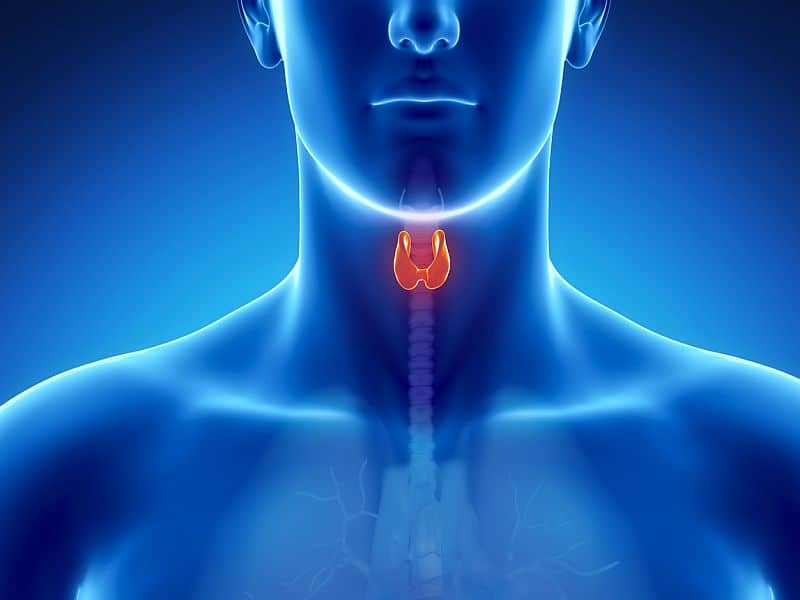“Each year, more than 100,000 new cases of pHPT are diagnosed in the United States,” says Scott M. Wilhelm, MD. “Over the past 2 decades, surgical treatments for pHPT have undergone extensive changes, including a shift toward minimally invasive techniques as well as improvements in imaging.” Therefore, the American Association of Endocrine Surgeons (AAES) recently developed evidence-based guidelines to delineate the safe and effective practice of parathyroidectomy as a definitive treatment for pHPT.
To develop the document, Sally E. Carty, MD, Dr. Wilhelm, and colleagues at the AAES convened a multidisciplinary panel of endocrinologists, pathologists, surgeons, and radiologists. Published in JAMA Surgery, the AAES expert writing group examined 30 years’ worth of medical literature from throughout the world.
“The AAES guidelines are designed to help clinicians evaluate and surgically treat pHPT based on current evidence,” explains Dr. Wilhelm. “They offer information on disease pathophysiology as well as recommendations for developing patient-specific operative plans.” That said, the AAES guidelines should not be the only approach used when managing adult pHPT and are not meant to replace a physician’s judgment. Clinicians may need to adapt their practices according to possible barriers that they may face when implementing the recommendations.
Evaluation & Treatment
According to the guidelines, clinicians should measure calcium, iPTH levels, 25-hydroxyvitamin D and 24-hour urine calcium. In patients with suspected pHPT, a personal and family history should be taken. Among patients with asymptomatic pHPT, abdominal imaging should be performed to detect nephrocalcinosis or nephrolithiasis. Bone mineral density should also be measured using dual-energy x-ray absorptiometry with attention to the distal third of the radius.
Genetic counseling should be performed for patients younger than 40 with pHPT and multi-gland disease (MGD). MGD affects about 15% of patients with pHPT and should be routinely considered in preoperative planning. Exposure-related and genotype-phenotype correlations should also be assessed because they may affect surgical planning. “The key is to tailor treatments based on the unique characteristics that patients possess,” says Dr. Wilhelm.
Parathyroidectomy is indicated for all symptomatic patients and should be considered for most asymptomatic patients. “Candidates for parathyroidectomy should be referred to experts when deciding which imaging studies to perform based on their knowledge of imaging capabilities,” says Dr. Wilhelm. For minimally invasive parathyroidectomy, intraoperative parathyroid hormone monitoring via a reliable protocol is recommended.
Defining a “Cure”
The AAES also took steps to clearly define what constitutes a cure or a failure for treatment of pHPT. “A cure is defined as eucalcemia at more than 6 months,” Dr. Wilhelm says. “The association also developed an algorithm to help clinicians manage failed parathyroidectomy and disease recurrence.” In addition, the document provides guidance on surgical adjuncts, the use of concurrent thyroidectomy, and the management of parathyroid carcinoma. Furthermore, sections were created to discuss the use of autotransplantation and cryopreservation, immediate postoperative care, the management of other complications, and subsequent operations.
“In the future, it will be important to learn more about how parathyroidectomy can improve the neurocognitive symptoms that patients with pHPT may develop,” Dr. Wilhelm says. “This is an area of ongoing research that may enhance the utility of these guidelines. In the meantime, the current recommendations should be viewed as a helpful tool to enhance patient safety for a definitive treatment of pHPT.”
Scott M. Wilhelm, MD, has indicated to Physician’s Weekly that he has or has had no financial interests to report.



 PhysWeekly
PhysWeekly